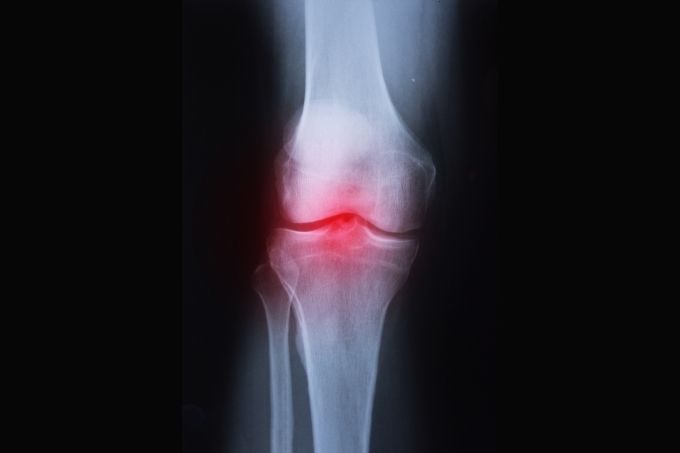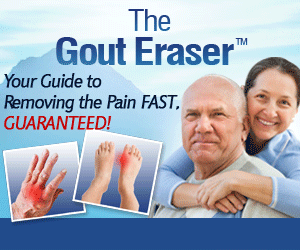
The knee has a lot of day-to-day demands, and it also has great injury potential. Due to these factors, it is a common area for arthritic damage. Knee arthritis can bring about loss of movement, and that is why we must educate ourselves about how to prevent arthritis in knees.
In this article, we offer you several preventative ways.
A glimpse of knee arthritis
The knee is a type of hinge joint, and it facilitates movement in a manner the same as door opening and closing. This joint consists of three strong bones that all have a protective covering known as cartilage. Extra cartilage pieces support the knee further and are referred to as the meniscus. The cartilage plays an essential role in preventing the knee bones from friction: if these bones rub against one another, somebody can experience pain.
How to prevent arthritis in knees
Risk factors associated with knee arthritis will help you work intentionally towards its prevention or progress reduction. Primary and secondary prevention strategies are essential to reduce the rate of occurrence.
1. Weight reduction
Being overweight puts a lot of weight or load on the knee(s), increasing arthritis risk. Excess fat can alter knee cartilage. With this, you need to ensure that you do all you can to maintain a healthy weight. If you are overweight, work to lose weight.
Dietary restrictions or control can help in weight reduction and ultimately prevent arthritis of the knee. Exercising in isolation is less effective when it comes to losing weight. However, it is critical for weight loss maintenance. Combining a healthy diet and exercise is therefore recommended.
Suggested article: Top 12 Foods to Avoid with Arthritis – The ULTIMATE List
2. Blood sugar control
High blood sugar accelerates the risk of arthritis. For those that have diabetes, the levels must be regularly checked. Talk to your doctor regarding very high blood sugar levels and their management.
3. Preventing knee injury
A knee injury can be a contributing factor to developing knee arthritis. The cartilage, ligaments, and bones may suffer damage to affect the joint. Injuries can also cause inflammatory responses, which can cause some types of knee arthritis.
A lot of knee injuries occur in sports, and preventing knee injuries will obviously reduce arthritis risk. Wear protective knee gear that is comfortable and well-fitting. Ensure to avoid overstressing the knee(s) during exercise.
Every time you exercise, warm up with gentle knee stretches or movements to prevent injury of the knee muscles, tendons, or ligaments.
4. Exercise
A physical activity regimen or plan is essential. It works to strengthen the knee muscles and improve their biomechanics. It prevents joint stiffness and other associated problems. You can talk to your doctor about a safe and healthy exercise program.
Working on your quadriceps and hamstrings will assist in absorbing some of the stress that may be put on the knee. As you begin to exercise, start slowly and progressively work towards your goal. Don’t repeat the same knee-involving exercises every day but change them to prevent knee stress.
Avoid activities that require too much squatting or kneeling, such as gardening, to exert less force on the knee.
5. Be keen on pain
This is mainly for pain that emanates from activity or exercise. It is always important to consider getting a clinical assessment.
Knee arthritis symptoms
With knee arthritis, you can suffer the following symptoms:
- Pain that is related to weather (worse with rainy conditions).
- Knee stiffness.
- Weakness that can cause knee buckling.
- Swelling.
- Crepitus- knee clicking with any movement.
Suggested article: What Does Arthritis Feel Like?
Arthritis that affects the knee
Osteoarthritis is the most common form of arthritis that will affect the knee. It results from wearing away of cartilage.
Post-traumatic arthritis, which occurs when the knee or surrounding areas suffer an injury.
Gout– occurs if the uric acid crystals collect in the knee. (more here)
Rheumatoid arthritis– the immune system of the body attacks, damages, or destroys healthy cells and tissues, including the knee cartilage.
Final Thoughts
Knee arthritis is prevalent, and if left untreated, it can cause discomfort and even extreme conditions like movement difficulty or inability. Understanding what may increase the risk of developing knee arthritis is vital in working to prevent its occurrence. The suggestions and methods discussed above will significantly help you regarding how to prevent arthritis in knees.
Always seek medical consultation where you experience any symptoms for a definitive diagnosis and treatment plan.
Suggested articles:
– How To Prevent Arthritis In Hands – Symptoms and Prevention
– Reflexology for Arthritis – Can Reflexology Help With Arthritis?
– Facet Joint Arthritis (Spinal Osteoarthritis) – Causes, Symptoms, Treatment
– Soap In Bed For Arthritis – How Does Soap Work For Arthritis?
– Postpartum Arthritis – Arthritis After Pregnancy
The Gout Eraser™: The all-natural guide for permanent gout removal
The Gout Eraser™ is a short, to the point guide on how to reverse gout symptoms without ever leaving your home. The guide goes into extensive detail on exactly what you need to do to safely, effectively and permanently get rid of gout, and you are GUARANTEED to see dramatic improvements in days if not hours.
To learn more about The Gout Eraser™ system, check out the following free video presentation: The Gout Eraser™





